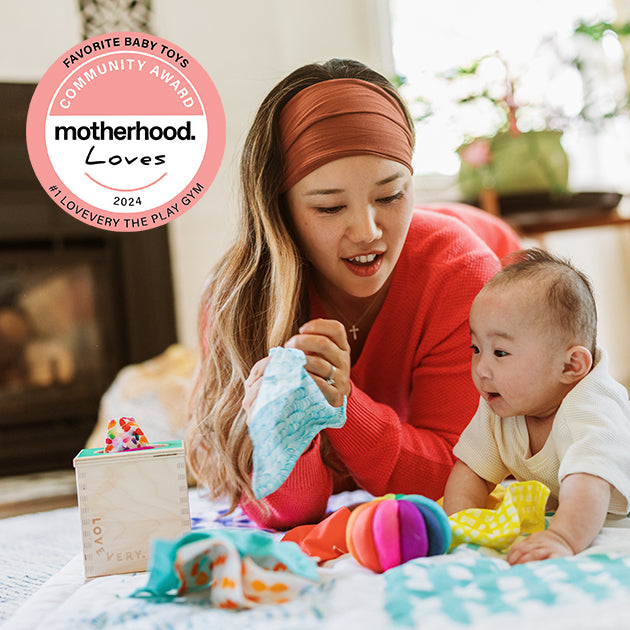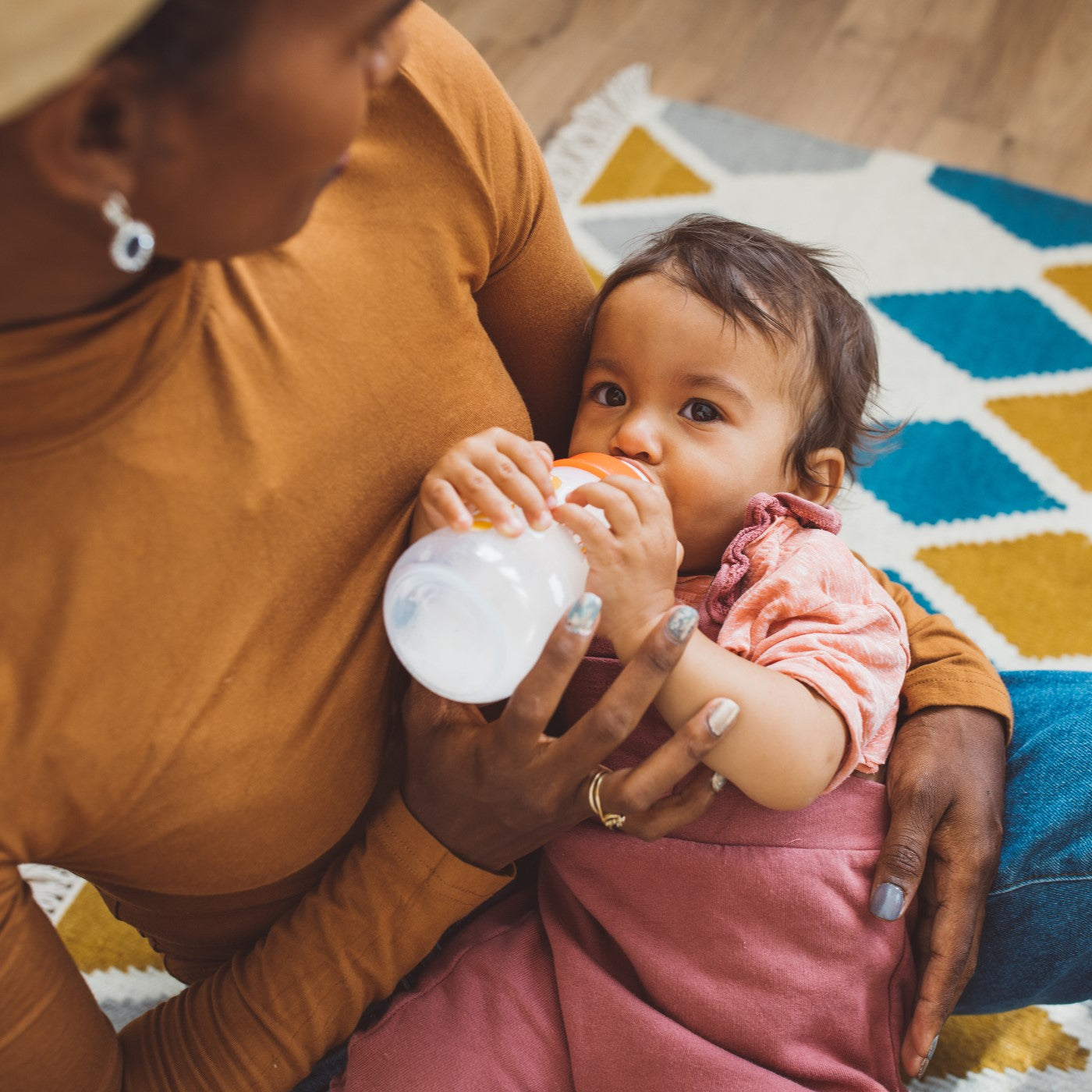
Why Hydration is More Important Than Ever during Pregnancy
I believe one of the best things about being pregnant is your growing belly. But there are totally drawbacks. Not only are you more dehydrated than ever, but your skin is super dry and needing to stretch and grow. And the more it stretches, the more it cracks, creating tears of the skin – and those tears are itchy. Stretch marks are tears that happen from underneath the top layer of skin, which means they are closed tears.
Consuming water, whether you are pregnant or not, is always my number one recommendation when it comes to skin health. When you were a fetus inside your mom's stomach, you were ninety nine percent water. The minute you were born, and your umbilical cord was cut, you became 90 percent water. Everyone needs water, and this becomes really crucial during pregnancy.
You need water to balance your hormones, especially in pregnancy, when your skin is going through lots of changes. If you experience water loss, it can lead to dehydration, headaches, brain fog…these are signs that your body is telling you to up your water intake.
Think of your body as a body of water. When you’re not taking in fresh water, you become a hot, stagnant pond with zero flow. So, in your body, you’re retaining hormones instead of helping your body through its natural daily cycle. But if you are drinking lots of water, and staying hydrated, your body is like a fresh, clear, river. You’re flushing out toxins, you’re regulating your temperature, and your skin will be more balanced and moisturized. So not only is water important during pregnancy, but in all stages of life.
How to Treat Stretchmarks During and After Pregnancy
Water and nutrition play a huge part in our skin health, but there’s a lot more to focus on when we talk about body care. With your skin, there's face care and there's body care, and you’re likely going to have different concerns and goals with both of those routines.

For stretchmarks, you’re looking to help your skin stay moisturized and strong. So, let’s look at how you want to build that body care routine.
To aid your skin and help it while it's growing, you want to keep it moist. Start by drinking a lot of water, always. And you also want to lather rich oils on the skin to retain that moisture. That includes shea, cocoa, and mango butter, as well as grape seed oil. I would stick with natural, gentle, organic ingredients. But the most important part is consistent and continuous application.

To strengthen skin during pregnancy, I recommend a sugar-based scrub, because you want to exfoliate all the dead skin that builds up. When you remove that dead skin, it’s easier for your body to absorb products.
It's also important to avoid hot showers. Not only will hot showers dehydrate your skin, but they can make you feel dizzy due to the increased blood flow. I like to take lukewarm showers and exfoliate with sugar. You can even make your own honey and sugar scrub.

After your shower, it’s time to lather on the oils. I love cocoa butter. I like to use olive oil, grape seed oil, mango butter, and shea butter. All these yummy things are whole ingredients that we know are safe to eat, so we can feel good about using them on our skin. The best thing you can do is moisturize right after you shower, every time you shower. That’s when the skin is more susceptible to absorbing all those nutrients and oils deep within the skin.

Pregnancy skincare doesn't stop after you give birth. Your skin is rapidly healing after pregnancy, and you want to stay on top of your routine as best as you can. Right after giving birth, your stretchmarks are still fresh and new, which means they are easier to treat. So as soon as your baby is born, you want to continue to lather up with products that are safe and clean for you and your baby – especially if you're breastfeeding.

There are many treatments that your dermatologist or your nurse can do for you, in addition to taking those steps at home. And lots of these treatments are safe for breastfeeding.
You want to stimulate the skin, and at home, that can mean continuing to do your body scrubs. Here at my office, we use LED lights to stimulate the skin as well. They’re safe lights that promote collagen and stimulate new cells and repair. As you revive and activate these skin cells, always continue to moisturize with your oils.
And then once you are ready, there are more treatments such as lasers, microdermabrasion, micro needling and Fraxel lasering. There are so many options for you depending on your skin type and what your dermatologist recommends.
C-Section Scars: Immediate and At-Home Treatment Options
For those of us who give birth via Cesarean, we get a C-section scar: a linear line right above our pelvis. Like any scar, there are several ways to treat it. But depending on your genes, it may be more difficult to get a scar to fade.
A lot of my clients will wear a silicone pad over the C-section scar right after birth. Silicone retards the growth of keloid cells, or discoloration cells. You can use a silicone pad and wear it 24-7 to prevent the scar from getting worse. Once the scar has healed, there are many things that can be done, but approaches will vary based on your skin and your body. Some people get a keloid, some don't. Some discolor, some don't. The treatments you can do will really depend on your unique scar. The same goes for stretchmarks – those are scars, too.
If you don't have a dermatologist or prefer to treat yourself at home, I would primarily recommend staying out of the sun. Keep your belly covered. The sun can inflame scars. At home you can do scrubbing to help stimulate new cells. You can purchase a silicone gel or a silicone pad to keep a scar healing. There are also anti-inflammatory creams, like Arnica gel, Bromelain gel or cream, and a lot of other scar creams out there that you can do to make it look better. Try out a few products and see what works for you. Scar treatment is a lot like skincare – there’s a learning curve as you get to know your skin and how it responds to different ingredients.
Learn More:
Click here to read about some common skincare ingredients to avoid and safe alternatives during pregnancy.
Click here to read how to prevent and treat hyperpigmentation and facial puffiness during pregnancy.
Click here to learn what can be done to combat the common pregnancy issues - acne and dry skin.
Click here to find the best DIY’s you can add to your skincare routine during pregnancy.






